
Whether you're lifting heavy machinery in a workshop, loading cargo onto a truck, or recovering a stuck vehicle off-road, powered lifting and pulling devices are essential. Two workhorses dominate this space: the Electric Hoist and the Electric Winch. While they share similarities – both use electric motors to spool cable – their design, purpose, and ideal applications differ significantly. Choosing the wrong one isn't just inefficient; it can be dangerous. Let's break down each one.
オンラインチャットWhat it is: an エレクトリックホイスト is engineered primarily for vertical lifting. It’s designed to lift loads straight up and lower them straight down, often suspended from an overhead structure like an I-beam, ガントリー, or trolley system.
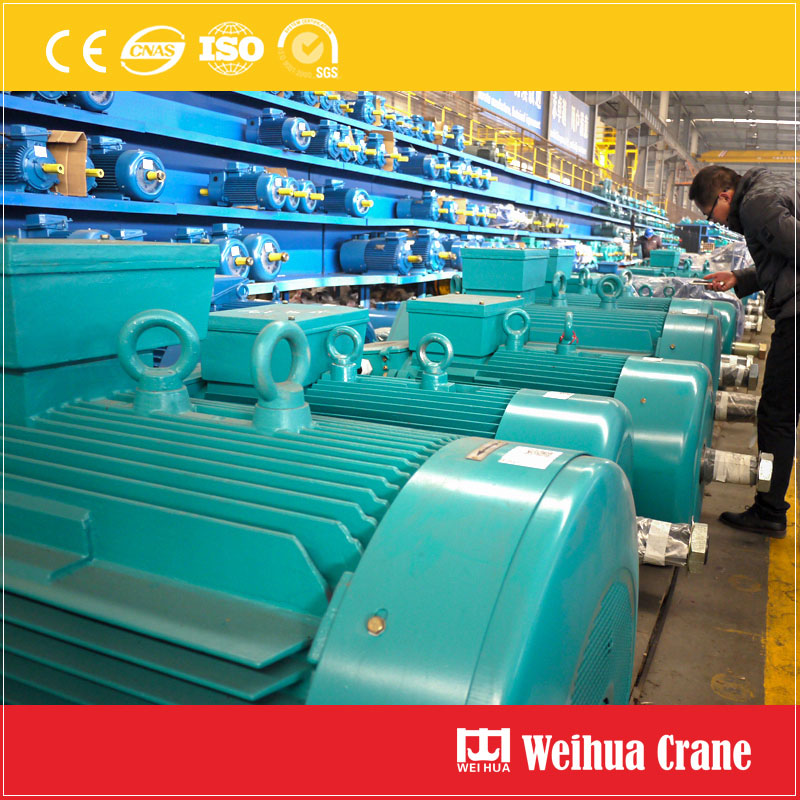
重要な機能:
Load Chain or Wire Rope: Uses robust load chain (common in smaller models) or wire rope.
正確な制御: Features precise up/down controls, often with multiple speed options (including creep speed for delicate positioning).
Integrated Braking: Employs critical safety brakes (mechanical load brakes, disc brakes) that automatically engage if power is lost or when stopping, preventing uncontrolled descent. This is paramount for overhead lifting safety.
Hook Mounting: Typically has a top hook for suspension and a bottom hook for attaching the load.
デューティサイクル: Rated for specific duty cycles (例えば。, CMAA classes in the US) indicating how frequently and intensively they can operate.
Safety Certifications: Often built to stringent lifting standards (like ASME B30.16).
Primary Applications: 工場, 倉庫, ワークショップ, assembly lines, loading docks, 建設現場 (for materials), stage rigging, auto repair shops (lifting engines).
Pros:
Cons:
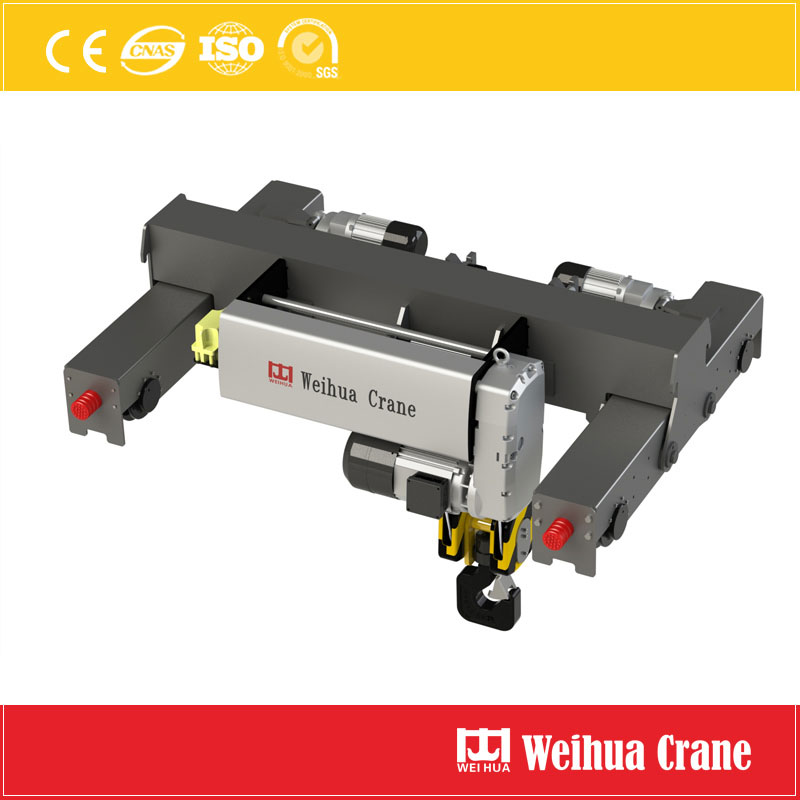
What it is: An electric winch is designed primarily for horizontal pulling (or pulling at an angle), though it can be used for vertical lifting in specific, controlled scenarios (often requiring extra safety measures).
重要な機能:
Primary Applications: Vehicle recovery (off-road trucks, ATVs, boats), marine applications (anchor retrieval, docking), pulling loads horizontally (logs, equipment, trailers), dragging loads across surfaces, tensioning lines.
Pros:
Cons:
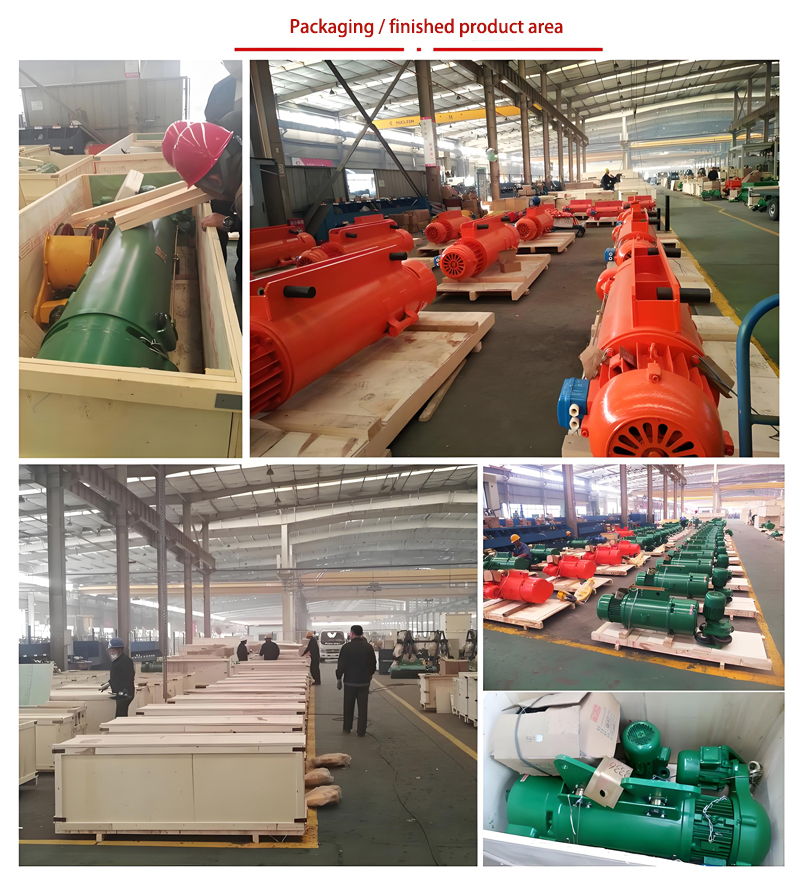
| 特徴 | エレクトリックホイスト | Electric Winch |
| Primary Use | Vertical Lifting | Horizontal Pulling |
| Key Strength | 精度, Safety in Lifting | Raw Pulling Power |
| Braking | Automatic, Failsafe Load Brake | Motor Brake / Ratchet (Less Secure) |
| Load Control | High Precision | Basic In/Out |
| 取り付け | Overhead Structure (I-beam, Gantry) | Vehicle, Trailer, Ground Anchor |
| Cable/Rope | Load Chain or Wire Rope | Primarily Wire Rope |
| Drum | Narrower (for single layer) | Wider (for multi-layer spooling) |
| デューティサイクル | Defined (CMAA, fem, 等) | Less Standardized |
| Portability | より低い (Often Fixed) | Higher (Often Vehicle-Mounted) |
| Safety Std. | Rigorous (ASME B30.16, 等) | Less Rigorous (Often ANSI/SAE J706) |
| Ideal For | Lifting engines, machinery, materials overhead | Vehicle recovery, dragging logs, pulling boats, tensioning |
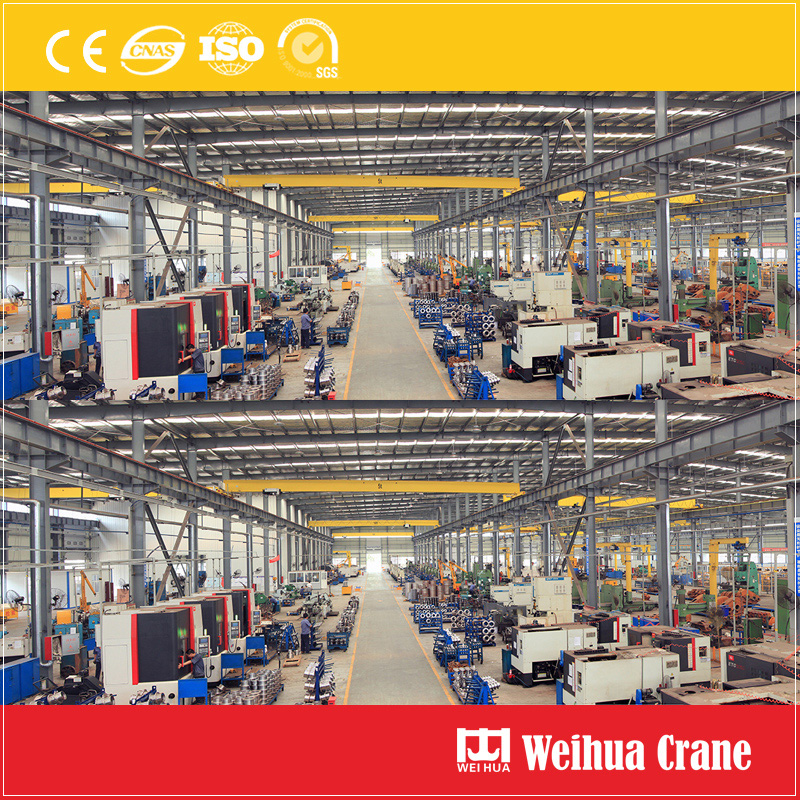
Don’t be fooled by the superficial similarity of a motor winding cable. Electric hoists and winches are specialized tools for fundamentally different tasks. The electric hoist is the safe, precise champion of vertical lifting. The electric winch is the powerful workhorse for horizontal pulling and recovery.
Always prioritize safety. Using a winch for overhead lifting without proper safeguards is asking for a catastrophic failure. Conversely, using a hoist for heavy horizontal dragging is inefficient and can damage it. Understand your primary need (lift vs. pull), consider the mounting requirements, and above all, respect the critical safety differences, especially regarding braking. Choose the right tool for the job, and operate it within its designed limits.
私たちはあなたのフィードバックを大切にします! あなたの特定のニーズに合わせてサービスを調整できるように、以下のフォームに記入してください.
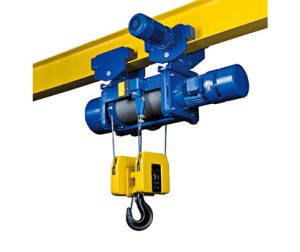
weihua lowヘッドルームエレクトリックチェーンホイストは、アプリケーション用に特別に設計されています……
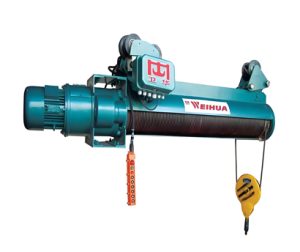
リモートコントロールの技術パラメーターを備えた電動ホイスト パラメーター 一般的な具体的なもの……
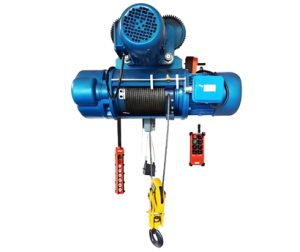
Weihua Electric Hoiでの楽な持ち上げと正確な材料の取り扱いを体験してください……

エレクトリックホイストトロリーは効率的です, 安全, 軽くて小さな持ち上げ装置. com……
